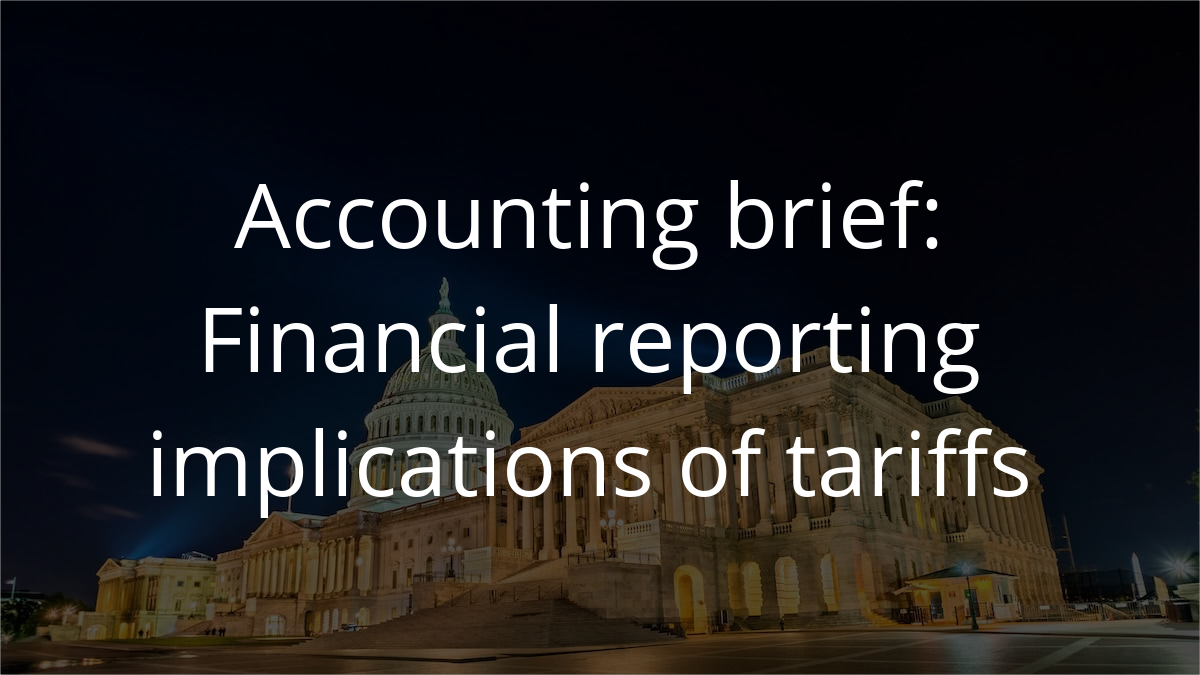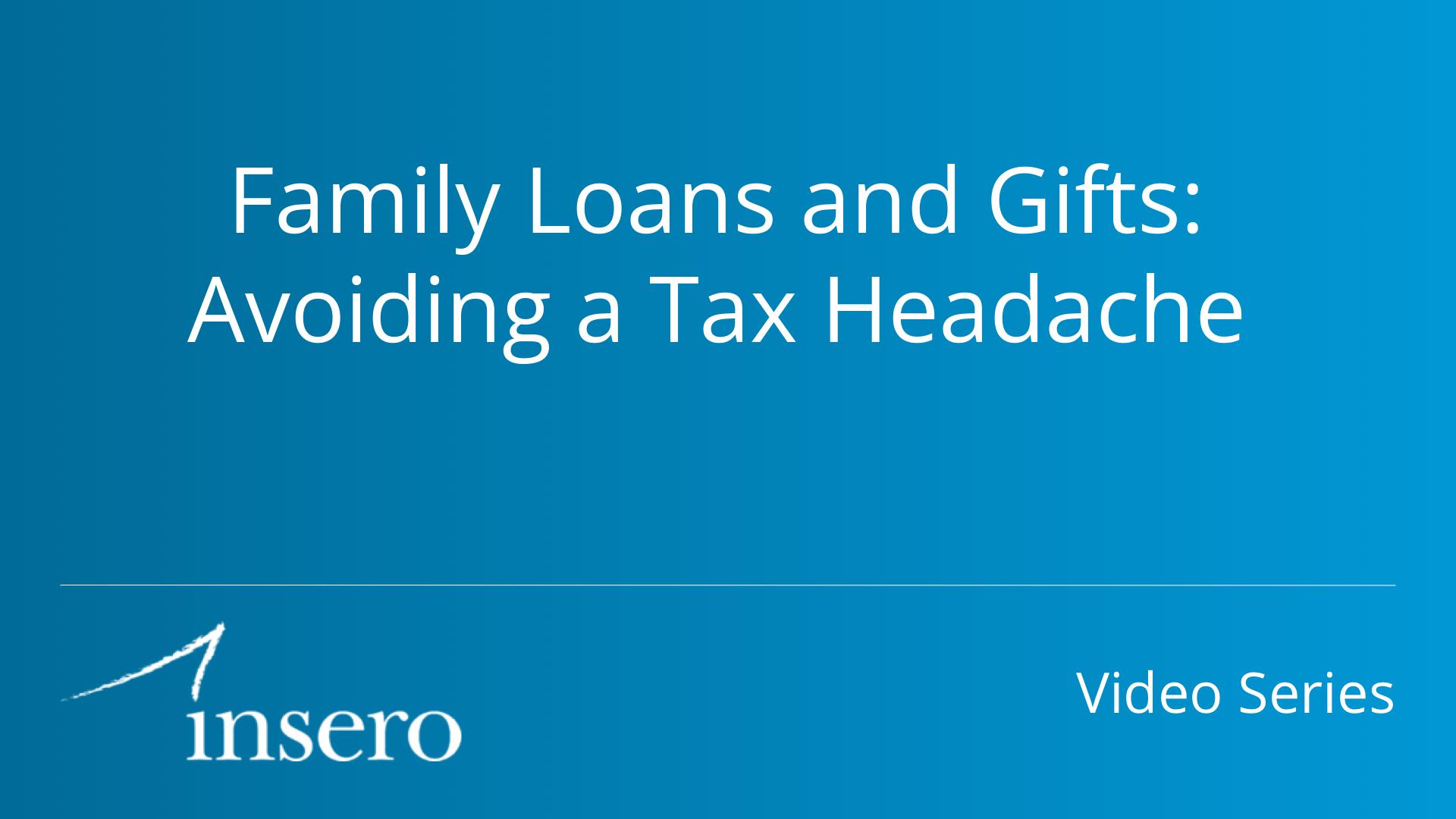When creating an estate plan, you’ll have to make several important decisions about what happens to your assets once you can no longer enjoy them. Many people fear that the money and assets that they’ve earned over a lifetime will be squandered haphazardly or lost to a creditor. Heirs might spend too much, be manipulated for money, or become victim to litigation, any of which could drain a lifetime of earnings. To help protect against these situations, you may want to consider using a spendthrift trust.
A spendthrift trust provides certain protections over trust assets and how and when they are distributed to beneficiaries. In this article, we’ll explain what a spendthrift trust is and why they are used.
What is a spendthrift trust?
A spendthrift trust can provide a beneficiary with distributions over time instead of a lump-sum inheritance. Contrary to the name, it is not a specific kind of trust but is a clause that can be included in any type of trust. The term “spendthrift” came about because of the clause’s use for passing money or assets to individuals who have difficulty managing money. While that purpose remains true today, there are several other strategic reasons people use spendthrift clauses in their trusts.
Protection from creditors
A significant benefit of a spendthrift trust is creditor protection.
If the trust is not already irrevocable, it will become irrevocable upon the grantor’s death. The terms written into an irrevocable trust cannot be modified in any way, nor can anyone add or remove assets unless specified by the terms.
Creditors of a beneficiary cannot seize or gain an interest in trust assets so long as the assets remain in the trust. This is because the assets do not become the beneficiary’s property until they are disbursed. And, there is no way to compel a beneficiary to access the trust assets because distributions are controlled by the trustee per the terms of the trust.
Finally, a spendthrift trust typically prohibits the beneficiary from assigning their rights to future payments from the trust. This prevents the beneficiary from obtaining a loan secured by future payments from the trust.
Control over distributions
Beyond the creditor protections, another benefit of a spendthrift trust is that it enables grantors to maintain a certain level of control over their assets after passing away.
Maybe a beneficiary is a child or grandchild who has not fully matured, whose financial habits have not yet become clear. Maybe the assets are intended to benefit multiple generations, so distributing it in smaller sums protects against rapid or reckless spending. Or maybe a beneficiary has irresponsible or erratic spending habits, and holding the money for a longer time restrains instincts that would otherwise lead them astray.
Whether it is one of those reasons or another, a spendthrift trust provides the unique advantage to exert some control over their assets, even after they pass.
Control through generations
The terms of a spendthrift trust can specify what happens upon the death of a beneficiary. For example, suppose a married beneficiary passes away before their spouse. The terms can specify whether specific assets in the trust are allocated to the surviving spouse, children, or other beneficiaries. This ensures that assets are disbursed in a way that most closely matches a grantor’s wishes.
Who governs the trust?
A trustee oversees the funding and manages the trust assets per the terms of the trust. Generally, the trustee is the sole person who interacts directly with trust assets, serving as an intermediary between the assets and the recipients.
The trustee is appointed to the trust and is either an individual or an institution. Usually, grantors choose a family friend or a financial institution they trust. Reliability and strength of character are critical attributes of a trustee since the administration of funds can be ensnared in legal battles and property issues.
Planning what will happen with your assets after you pass away can be daunting. A spendthrift trust is one of several tools that can help ensure that your assets go as far as possible. While this article provides a brief overview of a spendthrift trust, it is not a substitute for speaking to one of our expert advisors. Please contact us if you are interested in learning more about building your estate plan and perhaps setting up a spendthrift trust.
The information provided in this article does not, and is not intended to, constitute legal advice; instead, all information, content, and materials available on this site are for general informational purposes only.
Do you have questions or want to talk?
Call us at (800) 232-9547 or fill out the form below and we’ll contact you to discuss your specific situation.




